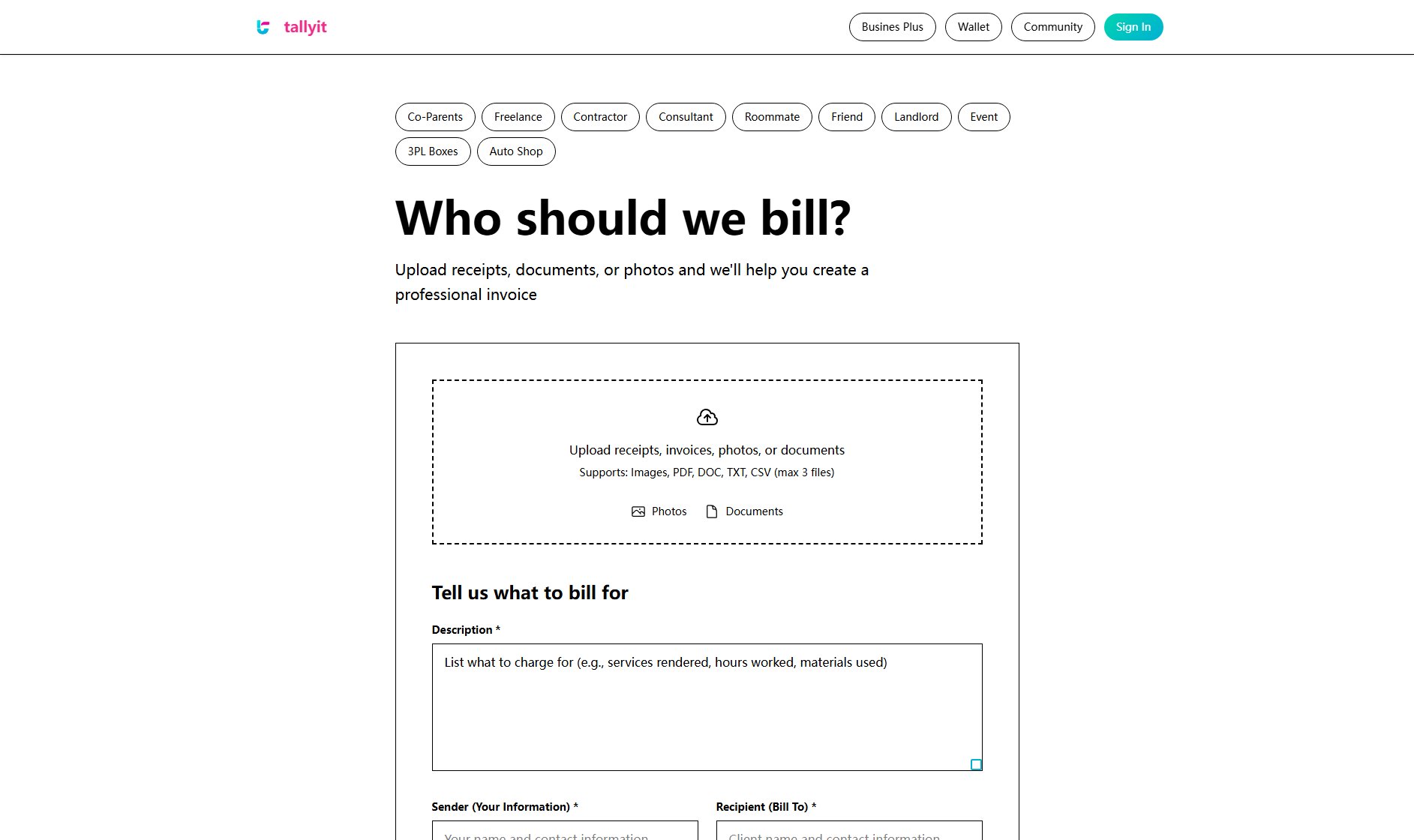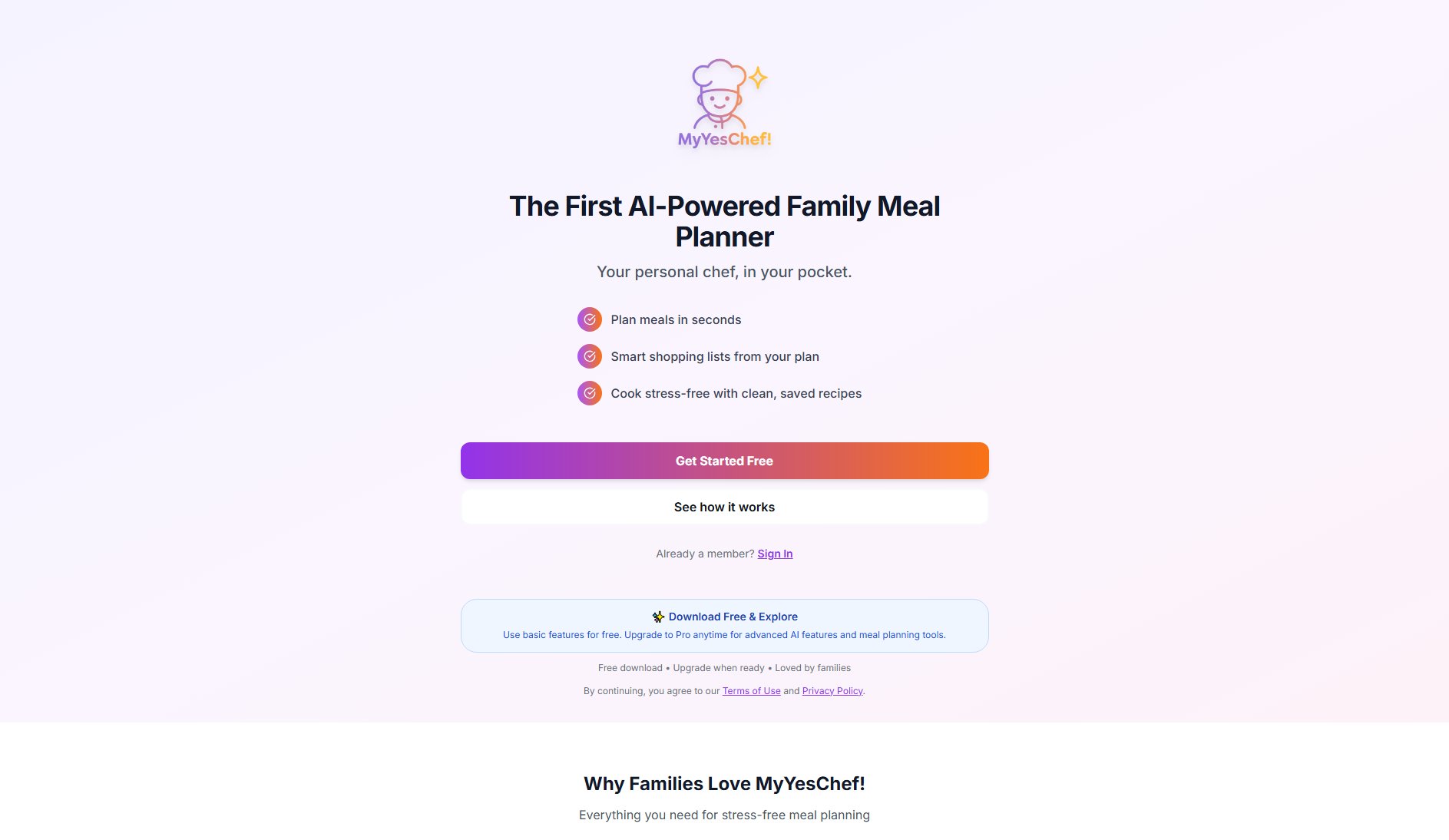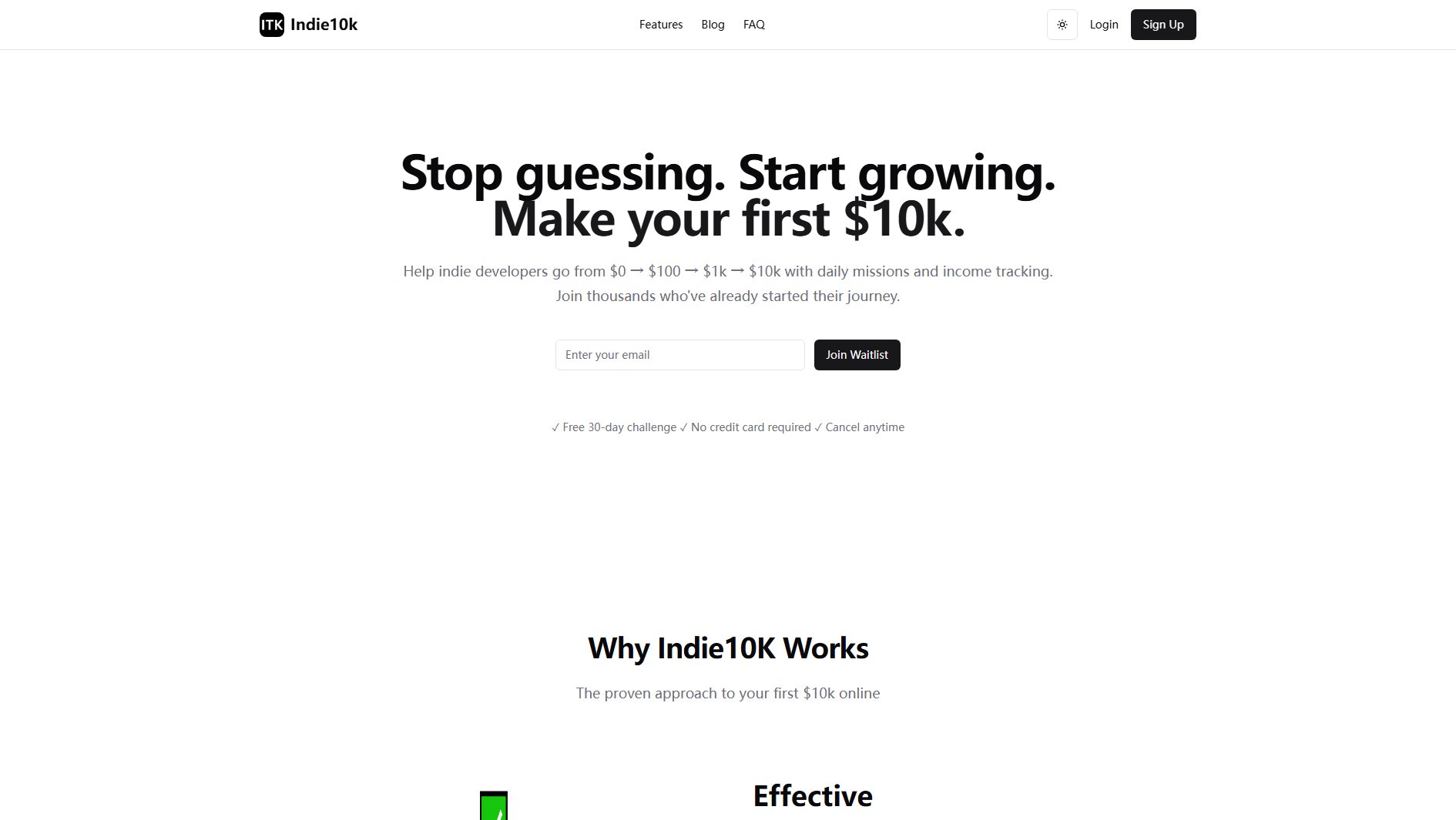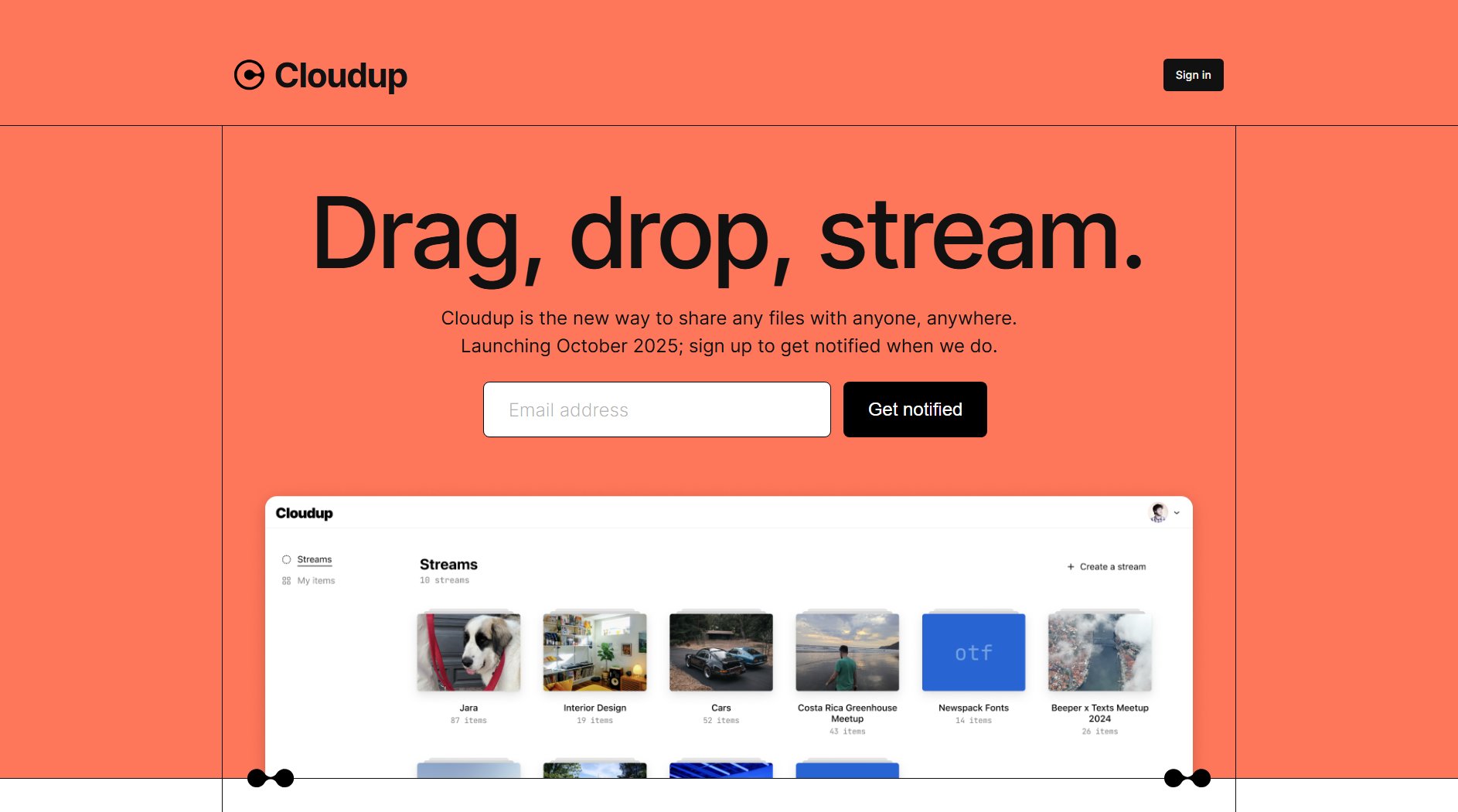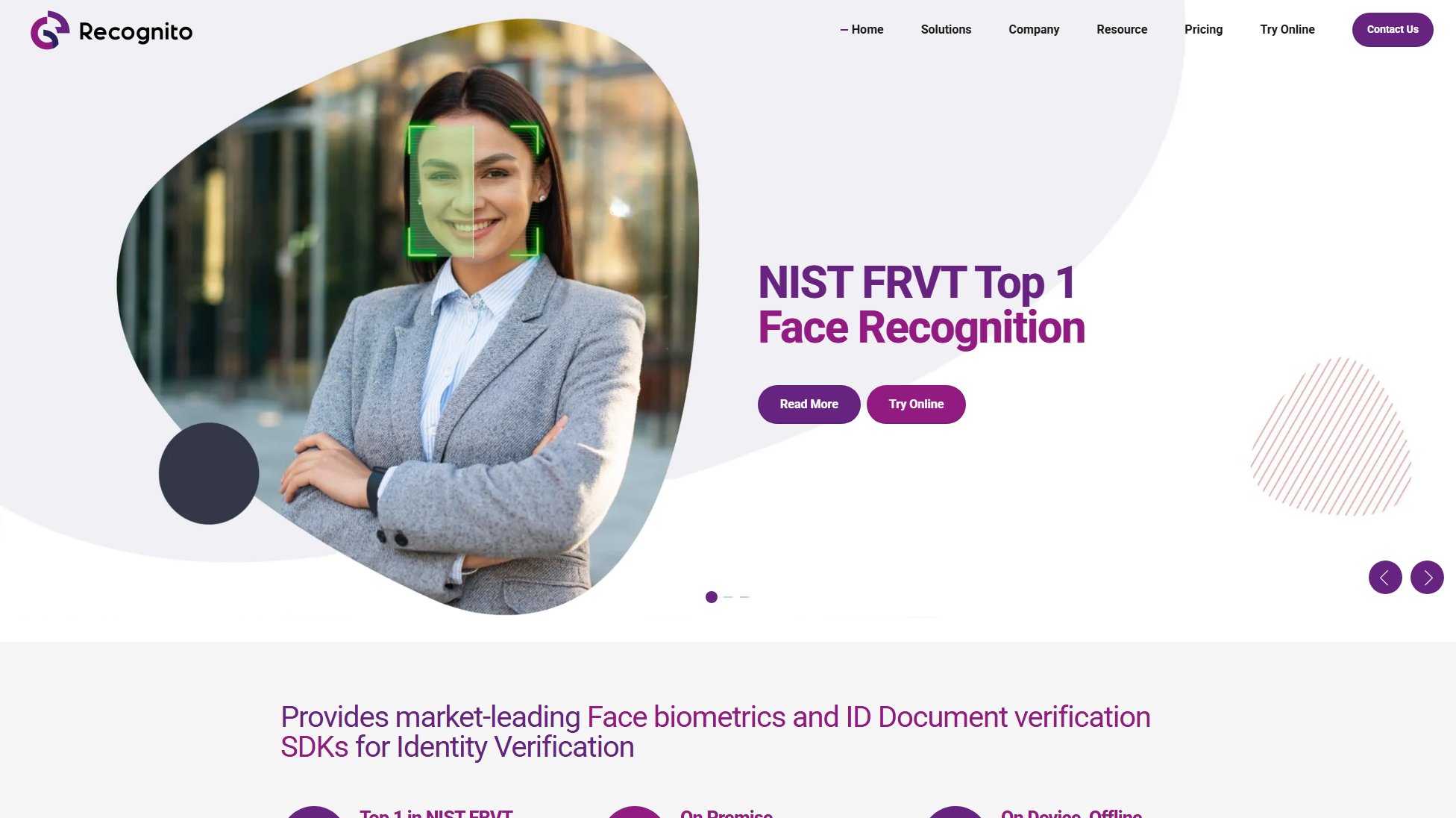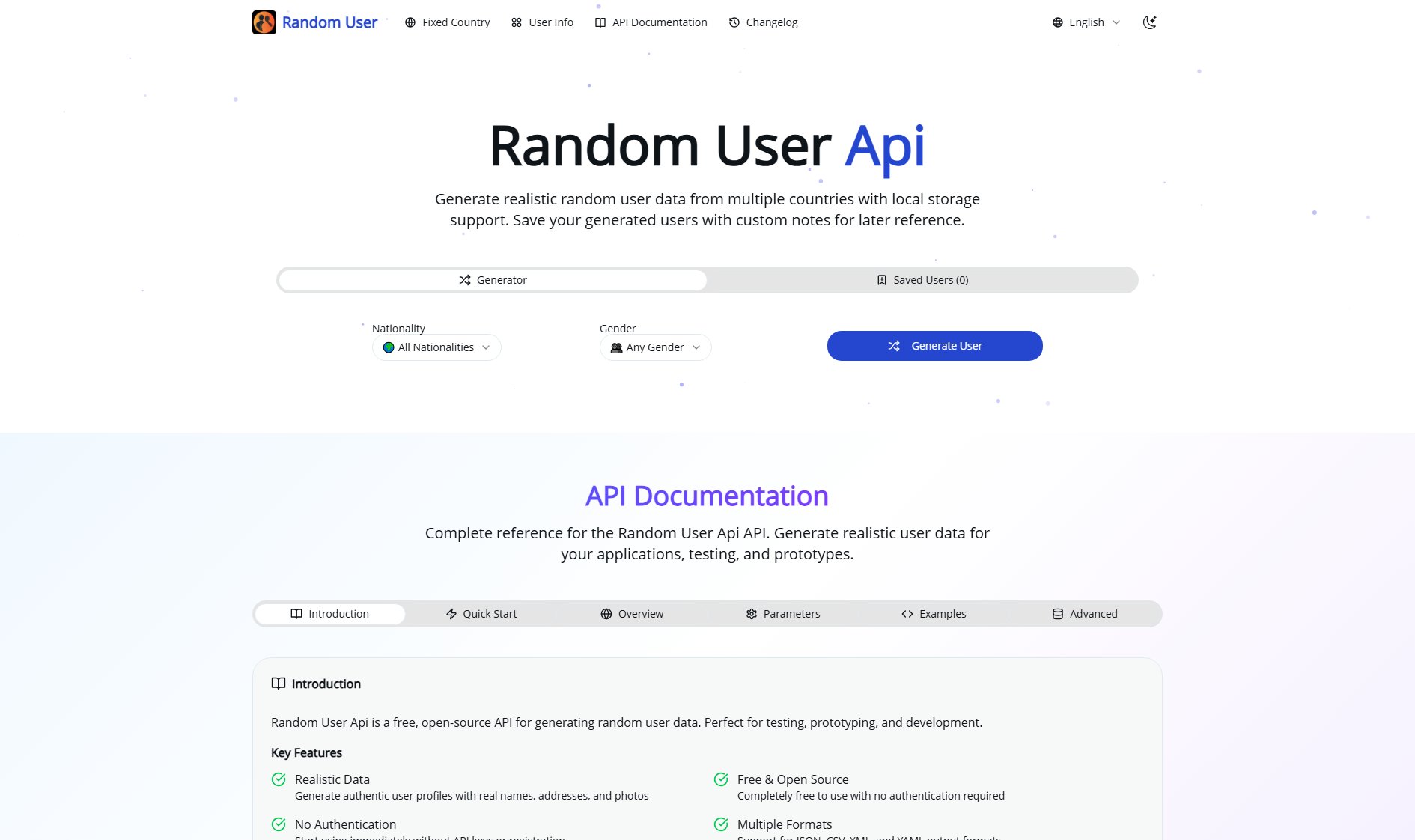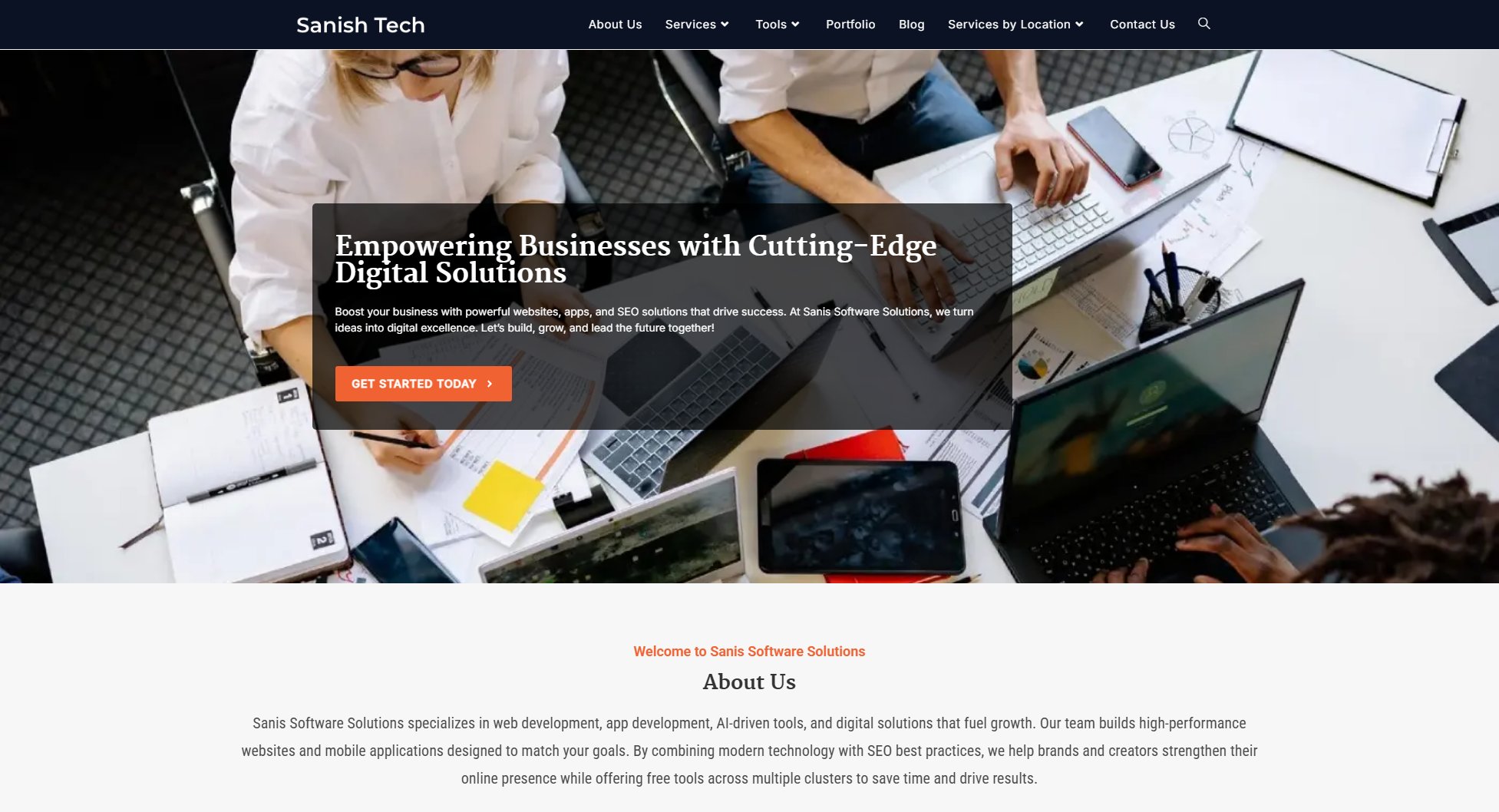Web to MCP
Send website components to AI coding assistants in one click
What is Web to MCP? Complete Overview
Web to MCP is a revolutionary tool designed to bridge the gap between design inspiration and code implementation. It allows developers to send any website component directly to AI coding assistants like Cursor or Claude Code via the Model Context Protocol (MCP). This eliminates the need for screenshots, manual descriptions, or guesswork, providing a seamless visual handoff that your AI assistant understands perfectly. The tool captures the exact DOM structure, CSS styles, and visual context of selected components, ensuring pixel-perfect matches in the generated code. Target users include frontend developers, UI engineers, and anyone who works with AI coding assistants to translate designs into functional code. Web to MCP works across any website, framework, or design system, dramatically reducing the time spent explaining components from 30 minutes to just 30 seconds.
Web to MCP Interface & Screenshots
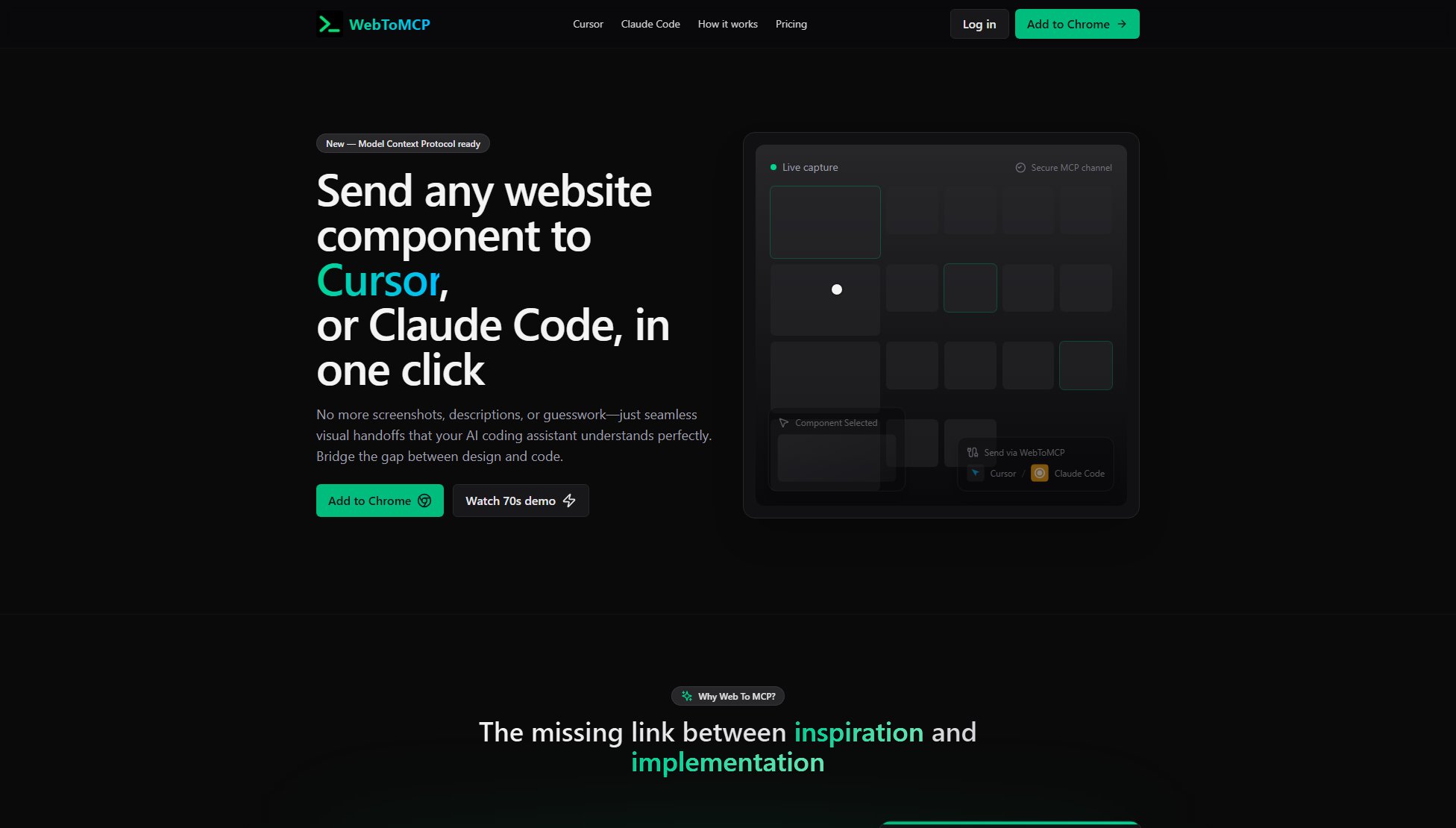
Web to MCP Official screenshot of the tool interface
What Can Web to MCP Do? Key Features
Live Component Capture
Web to MCP captures any selected web component exactly as rendered, including its full DOM structure, CSS styling, and visual context. Unlike screenshots that only capture pixels, this feature provides semantic HTML and exact styling values that AI assistants can directly use for code generation.
MCP Integration
The tool leverages Model Context Protocol (MCP), an open standard that enables AI coding assistants to connect with external tools. This creates a direct channel between your browser and coding environment, allowing for real-time component handoffs without manual copying or context switching.
Framework Agnostic
Works seamlessly with any tech stack including React, Vue, Angular, or vanilla HTML/CSS. The captured components maintain their original structure and styling regardless of the underlying framework, making it versatile for different development environments.
Pixel-Perfect References
Provides AI assistants with exact visual references including responsive behavior, hover states, and surrounding layout context that static designs often miss. This results in 90%+ accuracy on first generation with minimal refinement needed.
Rapid Workflow Integration
From installation to first capture takes less than 5 minutes. The Chrome extension integrates directly with your browsing experience, while the MCP configuration is simple to set up in supported IDEs like Cursor and Claude Code.
Best Web to MCP Use Cases & Applications
Design System Implementation
When building a new design system, developers can capture components from established systems (like Material UI or Tailwind UI) and send them directly to their AI assistant for implementation guidance, ensuring consistency with industry standards.
Rapid Prototyping
Product teams can quickly gather UI inspiration from various websites, capture specific components, and generate functional code prototypes in minutes rather than hours, accelerating the design validation process.
Legacy Code Modernization
When updating older interfaces, developers can capture well-designed modern components and have their AI assistant help rewrite legacy code to match contemporary standards while maintaining functionality.
How to Use Web to MCP: Step-by-Step Guide
Install the Chrome extension from the Web Store and sign in with your Google account to authenticate and receive your unique MCP URL.
Configure MCP in your AI coding assistant (Cursor or Claude Code) by adding your unique MCP URL to the configuration file in your project settings.
Navigate to any website containing components you want to capture. Click the Web to MCP extension icon to activate component selection mode.
Select any UI element on the page. The tool will capture its DOM structure, CSS styles, and visual context automatically.
The component data is instantly sent to your connected AI assistant via MCP, ready for reference or code generation in your IDE.
Web to MCP Pros and Cons: Honest Review
Pros
Considerations
Is Web to MCP Worth It? FAQ & Reviews
MCP is an open standard that enables AI coding assistants to connect to external tools and data sources. It acts as a bridge allowing assistants like Cursor and Claude Code to access real-time information, APIs, and specialized tools during development conversations.
Yes, Web to MCP only captures the DOM structure and styling of selected components—no personal data, passwords, or sensitive information. Authentication is handled securely through Google OAuth, and component data goes directly to your AI assistant without being stored on external servers.
While Web to MCP provides pixel-perfect references, the final output depends on your AI assistant and prompt clarity. Most developers see 90%+ accuracy on first generation, with perfect results after minimal refinement. Being specific about your tech stack and design requirements improves results.
Unlike screenshots that only capture pixels, Web to MCP captures actual DOM structure and CSS properties. This gives your AI assistant semantic HTML and exact styling values rather than just visual references, leading to more accurate code generation.
You need Chrome browser for the extension, a Google account for authentication, and an AI coding assistant (Cursor or Claude Code) configured with MCP support. Setup takes less than 5 minutes with no complex installations required.
